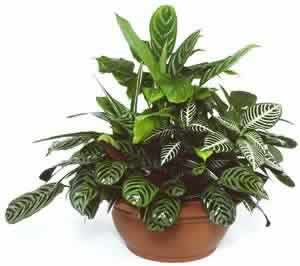 The breezy coolness of Fall will meander into the edges of our world soon, prompting blankets, jackets and closed-toe shoes to be brought out of the closets.
The breezy coolness of Fall will meander into the edges of our world soon, prompting blankets, jackets and closed-toe shoes to be brought out of the closets.
Fall ushers in the finality of limitless daylight, sanctioning its season slowly into shorter days and extending shadows into lengthy stalkers.
It is also a time where we find ourselves balancing our lives indoors, feasting on festive holiday fun surrounded by friends and family.
Our healthy moments outdoors where fresh air, sun and exercise dominated the summer, turns around as Fall and Winter pushes us more indoors.
Some of us already work inside an office, only to then be secured behind the doors at home, resting cozy and comfortably inside. With more energy efficient building methods, indoor air might linger for five hours or more allowing pollutants to accumulate and contribute to illness.
There has been more awareness on the health quality of air inside buildings and homes with one study in particular done by a NASA research team to find ways to clean air in space stations. The study showed the effects of three pollutants (benzene, formaldehyde and trichloroethylene) on fifteen types of house plants. Pollutants are commonly found in homes and office buildings from outgassing of furnishings, office equipment and building materials.
Under controlled conditions, the study indicated certain houseplants removed as much as 87 percent of indoor air pollutants within 24 hours. Plants emit water vapor that creates a pumping action to pull contaminated air down around a plant’s roots to become food for the plant. In other words, the more the air circulates around the roots, the more contaminants are eliminated.
Using ceiling fans to circulate the air better adds to the plants ability to clean the air. They also provide much needed fresh air by lowering the levels of carbon dioxide that contributes to stale air and headaches while raising the oxygen levels for better mental concentration and all around health. It’s a perfect symbiotic relationship since we exhale carbon dioxide, they inhale it; and their exhaled oxygen is our breath of life.
NASA found that work productivity increased 12 percent when indoor plants where added to the environment, so many businesses have capitalized on this by placing plants in their offices. Plants also contribute to interior space humidity levels by creating a balance in moisture thus alleviating colds and virus infections that incur with constant exposure to dry air due to heating and air conditioning as well as our own coastal desert’s arid climate.
A healthful thing to do this fall and winter is to decorate with plants and provide better health for living indoors. What plants are good for absorbing indoor pollutants? The Peace Lily and Florist’s Chrysanthemum both knock out NASAs big three plus petrochemical xylene, toluene found in paint thinners and ammonia.
Azaleas absorb chemicals found in plywood. And philodendrons are great for getting rid of pollutants from carpeting. Spider plants love sucking up carbon dioxide and outgas from furniture while gerbera daisies clean the air from chemicals found in plastics. These flowers are also known to give off more oxygen and absorb more chemicals at night, so having some bedside can improve sleep and especially helpful to those suffering from sleep apnea or breathing disorders.
One potted plant for every 100 square foot of space is all that is needed to get the benefits of purified air from our humble green friends.
Contact Gina at Ima_gina_tion@yahoo.com.




